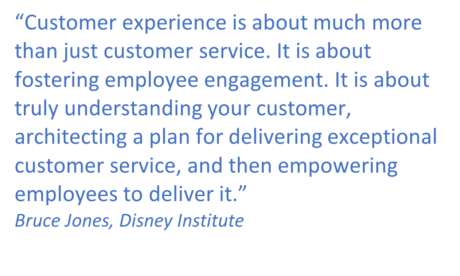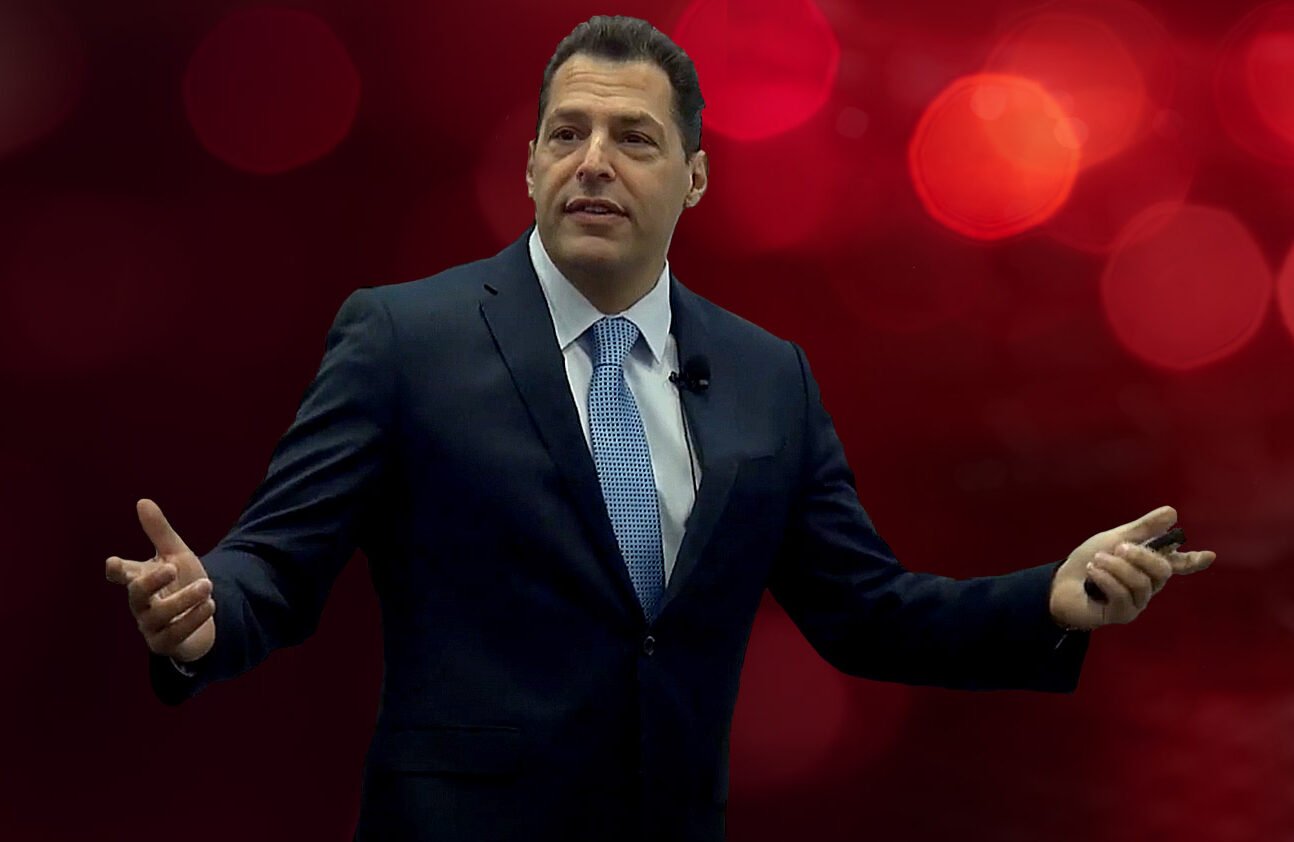Several casino companies are now making considerable investments in trying to understand and orchestrate the experience they provide to guests. Based on early feedback, the results have been varied across properties. Specifically, those casino operators who understand their customers and make active inflections along the customer journey based on customer feedback are far more likely to succeed in their experience endeavors than those who rely on provider perceptions such as managerial judgments or assessment of external rating agencies.
 Basically, customer experience (CX) comprises of all of the perceptions and interactions a customer has with an organization. Based on my research and observations, delivering the right CX requires meticulous attention to the following 5 Es.
Basically, customer experience (CX) comprises of all of the perceptions and interactions a customer has with an organization. Based on my research and observations, delivering the right CX requires meticulous attention to the following 5 Es.
Expectancy: As a provider, you need to understand that customer experience lives in the minds of your customers. They define its quality, gravity, and essence, not you. The ultimate proof of a great customer experience is customer delight across the whole customer journey, not individual touchpoints. It is impossible to figure out what your customers expect if you don’t gather appropriate data (direct, indirect, and inferred) about their expectations. Specifically asking customers for their inputs on what defines a great CX takes a lot of guesswork out of the CX equation.
Empathy: Empathy is the capacity to “understanding another person’s condition from their perspective.” You place yourself in their shoes and feel what they are feeling.
Most senior gaming executives don’t gamble, and if these folks are honest with you, they’ll tell you that it is a losing proposition that only losers engage in. Consequently, it is hard for many within the industry to walk in the shoes of the customer. Few understand what motivates a high-end slots player to keep pumping money into the machine, hour after hour, day after day. Not many will be able to explain to you the customer’s cognitions, beliefs, and emotions when they gamble. Consequently, customer-provider empathy is generally lacking in our industry. By putting yourself in the shoes of a customer, you get the context that helps you do your job. By understanding the context, you are in a better position to design a better customer experience.
Emotion: Behavioral scientists now concur that emotions drive more customer decisions and behaviors than rational thinking. Furthermore, a great customer experience typically involves targeted customers establishing an emotional connection with the focal brand. In order to understand, appreciate, and orchestrate customer emotions, some investment in emotional intelligence is called for. This is particularly true for frontline people. Some aspects of emotional intelligence can definitely be learnt and improved upon. Great brands are able to forge strong emotional bonds with their target customers. These connections are not an accident, they come about as a result of authentic brand values, a culture that values feelings as much as thinking, and an emotionally aware workforce. Both customer communications and the actual CX should stimulate the desired emotional response from customers.
Engagement: The goal of engagement is to build real, lasting, and durable relationships. A great customer experience should strive for engagement not just with the customer, but with employees as well. According to the Gallup Organization, engaged employees outperform their non-engaged counterparts by a whopping 202 percent!
Engaged employees consistently demonstrate three general behaviors. They: (1) Say – consistently speak positively about the organization to co-workers, potential employees, and customers; (2) Stay – have an intense desire to be a member of the organization despite opportunities to work elsewhere; and (3) Strive – exert extra time, effort, and initiative to contribute to business success.
A business that can successfully engage its employees as well as customers gains a competitive advantage that is sustainable and one that cannot easily be replicated by competitors.

Empowerment: A standardized customer experience generally involves scripts that employees are supposed to use in customer interactions and the rote behaviors they are expected to display. However, leaders in customer experience (think Zappos) encourage their employees (in the case of Zappos, within the call center) to act spontaneously and contextually when interacting with the customer. Leaders in customer experience work hard to develop deep trust in their employees. They ensure that their people have a clear understanding of the brand promise, and they encourage people to act naturally in bringing that promise to life. This practice may run counter to getting Forbes Guide or Michelin certifications and awards, but it does go a long way in securing the only award that matters—true customer loyalty.
The practice of empowerment should permeate the entire organization so that the collective intelligence, creativity, and ingenuity of the entire workforce can be harnessed. As former Apple CEO Steve Jobs famously said, “it doesn’t make sense to hire smart people and tell them what to do; we hire smart people so they can tell us what to do.”
An understanding, practice, and analysis of the 5Es of CX should provide gaming operators with a handy tool with which to orchestrate great customer experience. Bear in mind, however, that designing a great CX is never easy. It requires total buy in and commitment from top management, and often requires the inputs and guidance from outside experts. The rewards from such an exercise definitely justify the effort involved in embarking on this exciting journey.













0 responses on "The 5Es of Great Customer Experience in Gaming"